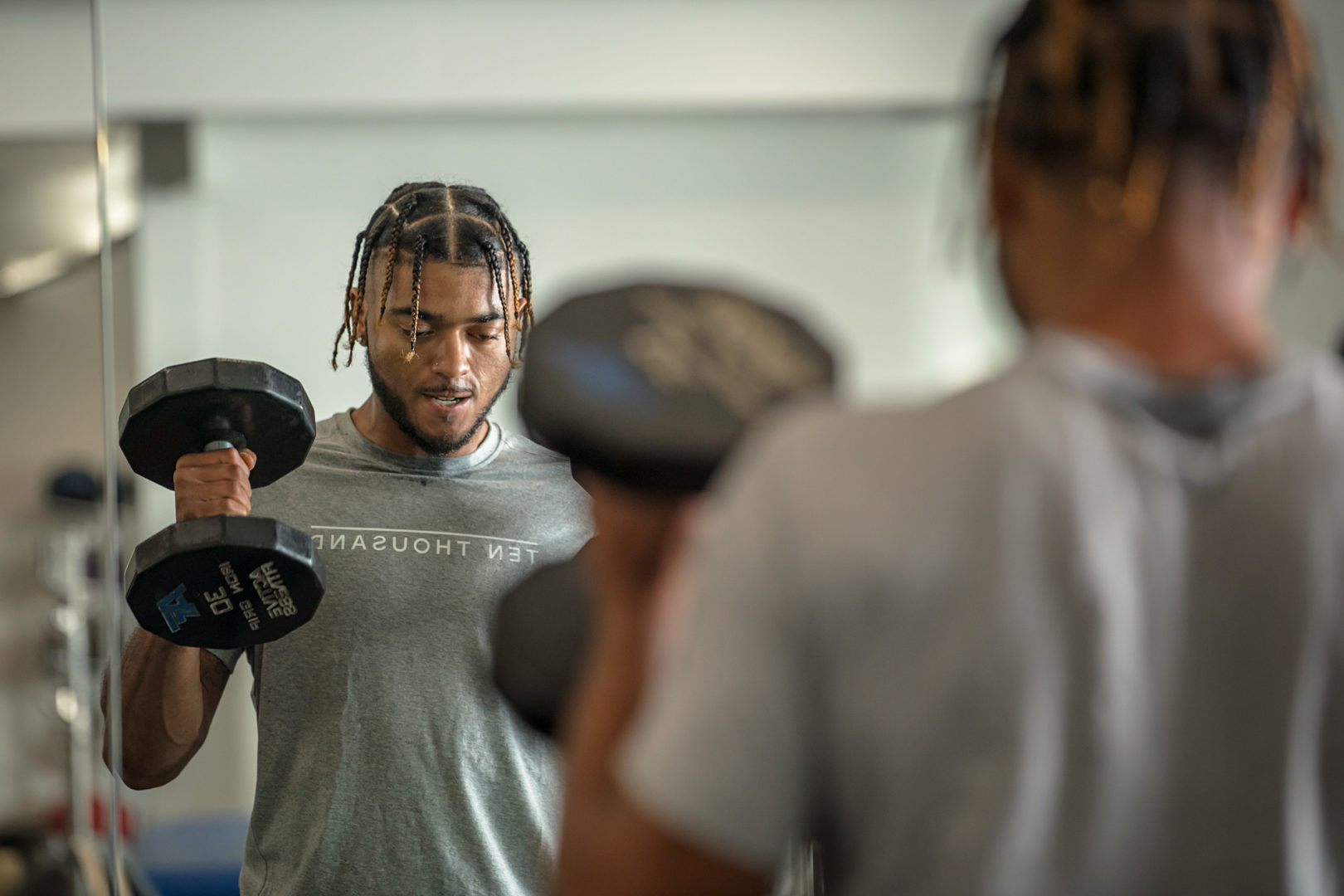
Assess your needs and wants.
Any good program is going to start with an assessment. What do you want to achieve, and what you do you need to fix (if anything) to help you get there? If you are under 30, chances are that you have little to worry about in terms of limitations, but you need to be aware that your time is running out, and your poorly planned workouts performed with shitty form are a lit fuse to a powder keg of problems in the future. If you are over 30, you may already know what I’m talking about. As we age our habitual movement patterns get smaller and smaller and before long we don’t have the range of motion in our joints that we used to have. This is a normal part of aging, and fixing imbalances needs to become a more crucial part of our workout routines in order to keep moving properly.
An assessment is necessary to identify what areas are getting tight and what is weak. It is important to restore function to the whole body before seeking maximal strength gains, otherwise it’s like dropping a Ferrari engine into a Geo Tracker. All of that power is useless if you don’t have a frame to support it. An assessment highlights what needs to be fixed now so that you can prioritize it in your training. Here is a simplified version of an assessment that Dan John uses that can help you self-assess.
- Stand on each foot for 10 seconds- go to your doctor if you fail.
- Measure your weight and your waist. If you are over 300 pounds see a doctor first. If your waist is more than half your height, you are a conditioning person.
- How many pillows do you need to get comfortable for sleep? If more than one you are a mobility person.
- Hold a push up position plank for 2 minutes. If you cannot hold it you are a strength person. If you pass this test you can go on to number 5.
- Farmer’s carry your bodyweight for for 100 yards, perform a standing long jump for at least your height, perform a Brazilian Get Up or a Turkish Get Up. If you fail one of the first two you are a strength person. If you fail the get up tests you are most likely a mobility person.
This assessment is overly simplified. Again, this assessment and its results have been simplified here. Sometimes more complex assessments are necessary to tell the whole story. If you think this might be the case for you hire a professional to help you.
Put your needs first.
This is pretty crucial to training as we tend to not enjoy addressing needs. We suck at them and they take lots of work to fix. The easiest way to deal with this is to put them first in your workout and finish with your wants. Working on your wants at the end will be enjoyable and make the “taking your medicine” needs stuff worth it- especially when you find out that getting better at your needs makes your wants happen faster. Hit your needs hard by starting your workout with them at least three times a week and watch them go away.
There are three basic categories for needs:
- Mobility
- Conditioning
- Strength
Mobility.
If you have a hard time moving and/or need more than one pillow to get comfortable for bed at night, you need to focus on mobility. Add stretching and mobility work to the beginning of your workouts and be patient. Connective tissue takes six or seven months to remodel so problems may not disappear overnight.
Conditioning.
If you are looking to lose weight and get winded easily you need to focus on conditioning work. You want to chose activities that you suck at and work on developing that skill. You’ll also want to favor intensity over duration. Working harder burns more fat and will deliver better results faster. Choose exercises like the rowing machine, kettlebell swings, stair climber, or aerodyne and bust your ass for 15 minutes.
Strength.
If you are someone who prefers long distant cardio and yoga but can’t hold a two minute push up position plank or dead hang from a bar for 30 seconds, you’ll want to address strength issues. Focus or major movement patterns and whole body training. If you are new to exercise you’ll only want to pick 2-4 exercises. If you’ve been at it for a while you can take on as many as 8. The bare bones, basic movement patterns are:
- Squat
- Deadlift
- Upper Body Push
- Upper Body Pull
- Core
Everything falls into these basic categories. Make sure to do more pulling than pushing each week and start with an exercise that is appropriate for your skill level. This means push ups before bench press, gentlemen.
The rest of the time is yours.
After you have made an effort to start your workouts with your needs three days each week you can do whatever you want on those other days. Blast your biceps, bend into a bridge, or type to your heart’s content- just make sure that you’re having fun and enjoying some kind of movement every day. Take the time for some prioritization and leverage your needs to get what you want.
Let me know how this works for you and feel free to contact me with any questions.